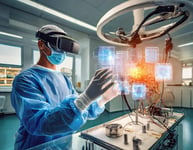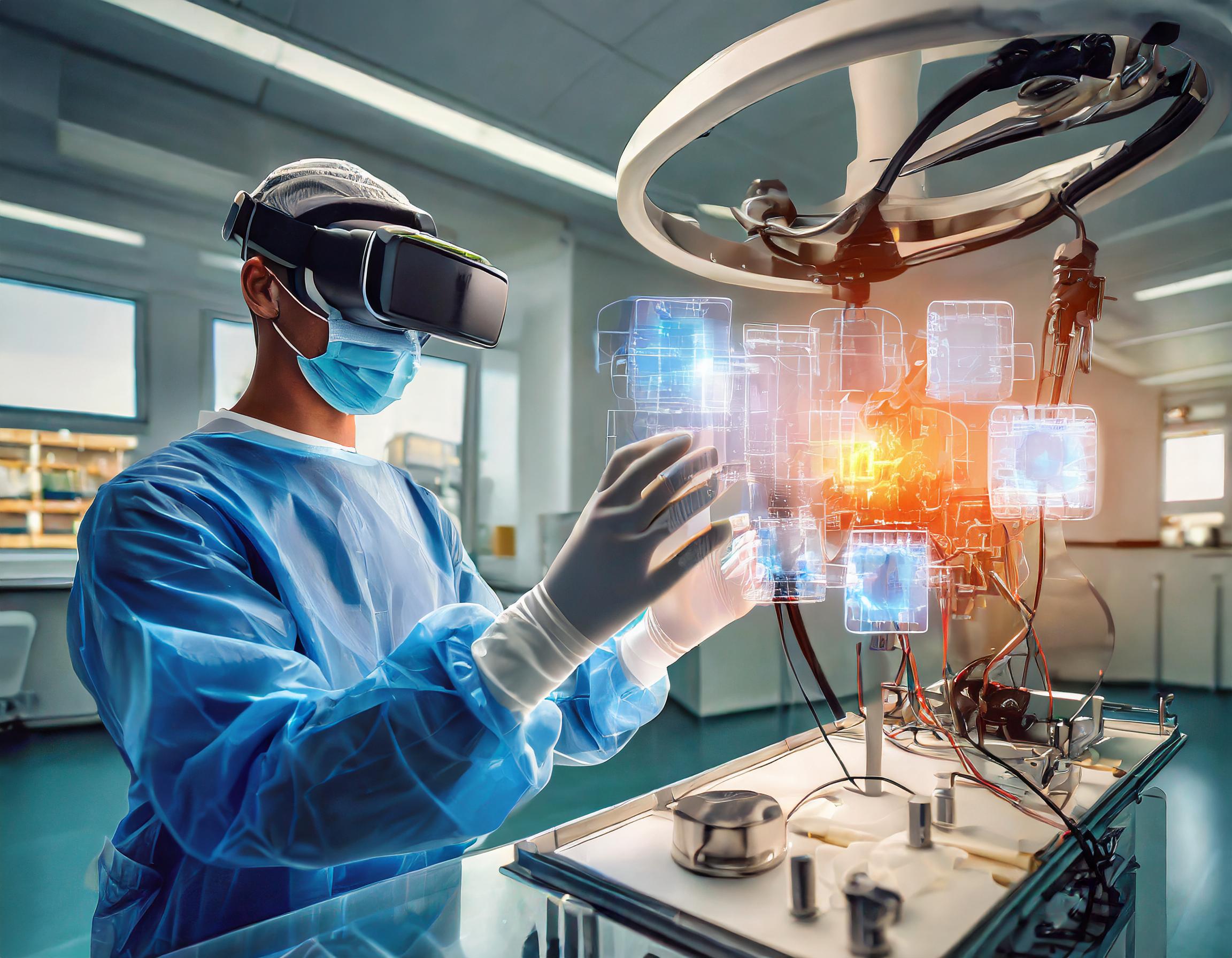Navigating Augmented Reality with FAQs
Augmented Reality (AR) has emerged as a transformative technology with applications spanning various industries, from gaming and entertainment to education, healthcare, and beyond. As interest in AR continues to grow, so too do questions about its capabilities, applications, and potential impact. In this article, we'll address ten frequently asked questions (FAQs) about AR to help you better understand this groundbreaking technology.

1. What is Augmented Reality (AR), and how does it differ from Virtual Reality (VR)?
AR overlays digital content onto the real world, enhancing the user's perception of their surroundings. In contrast, VR immerses users in entirely virtual environments, disconnecting them from the physical world.
2. How does AR work?
AR relies on sensors, cameras, and display devices such as smartphones, tablets, or AR glasses to detect the user's environment and overlay digital content in real-time.
3. What are some common applications of AR?
AR finds applications in various domains, including gaming, education, training, healthcare, retail, marketing, and manufacturing. Examples include AR-enhanced navigation, educational simulations, virtual try-on for retail, and maintenance support in industrial settings.
4. What are the benefits of using AR?
AR offers several benefits, including enhanced user experiences, improved productivity, increased engagement, enhanced visualization, and the ability to interact with digital content in real-world contexts.
 5. What hardware is required for experiencing AR?
5. What hardware is required for experiencing AR?
AR experiences can be accessed using smartphones, tablets, or dedicated AR glasses. These devices typically include cameras, sensors, and displays capable of rendering digital content in the user's environment.
6. How accurate is AR in overlaying digital content onto the real world?
The accuracy of AR depends on factors such as the quality of sensors, environmental conditions, and the sophistication of the AR application. Advanced AR systems can achieve high levels of accuracy, enabling precise alignment of digital content with real-world objects.
7. Can AR be used for business purposes?
Yes, AR has numerous business applications, including product visualization, employee training, remote assistance, marketing, and customer engagement. Businesses across industries are leveraging AR to enhance operations, improve efficiency, and drive innovation.
8. What are the current limitations of AR technology?
While AR technology has advanced significantly in recent years, challenges such as limited field of view, hardware constraints, and the need for robust tracking algorithms remain. Additionally, widespread adoption of AR may require addressing privacy concerns and overcoming barriers to accessibility.
10. How can I get started with AR development?
Whether your goal is to increase productivity, improve service times, lower training costs, or accelerate your sales cycle, Augmented Reality (AR) from Boston Engineering will deliver results. Custom AR technology solutions offer real time data, immersive views, and digital interactivity within the physical environment. Boston Engineering’s experienced team addresses today’s industrial, service, and sales challenges with a nod to the future of business: better information and faster delivery strengthens companies against uncertainty while building you a competitive advantage.
In conclusion, Augmented Reality (AR) represents a powerful and versatile technology with applications across various industries and domains. As AR continues to evolve and mature, understanding its capabilities, applications, and potential impact is essential for businesses, developers, and users alike. By addressing these frequently asked questions, we hope to provide insights and guidance for those interested in exploring the exciting world of AR.










